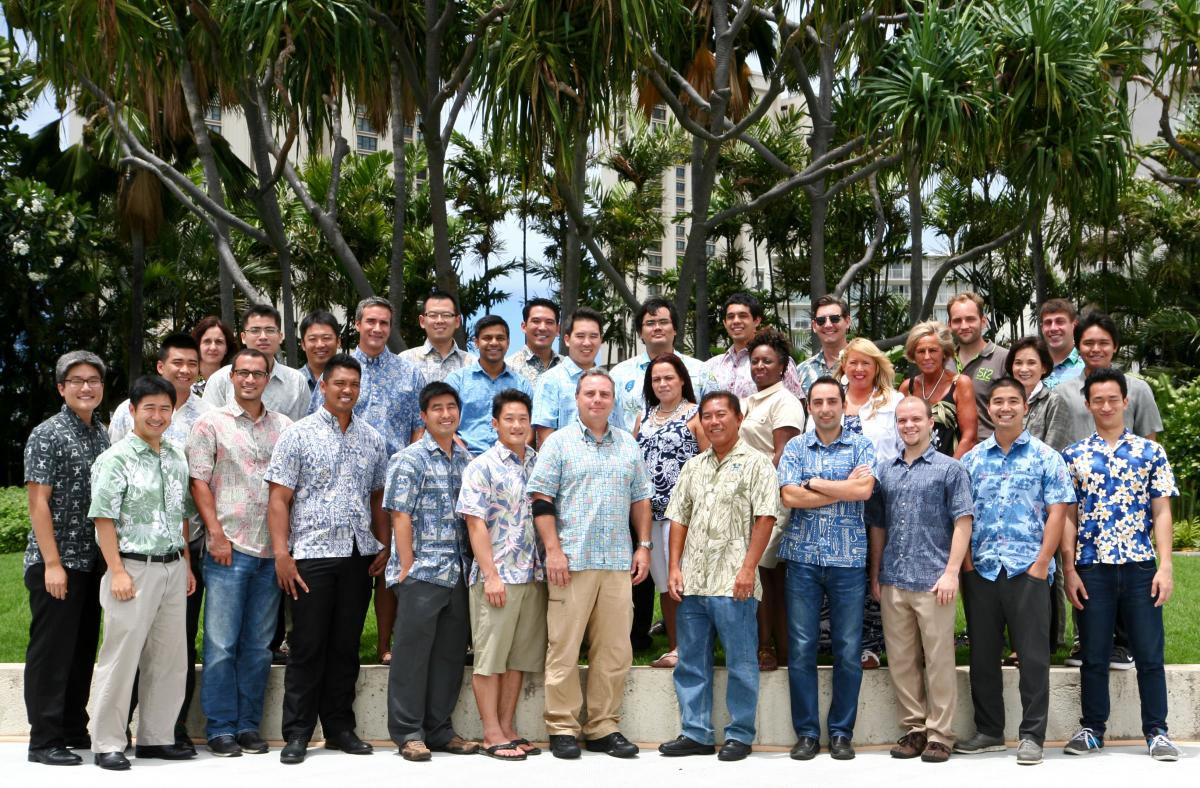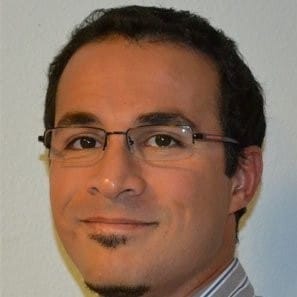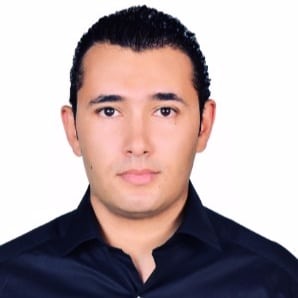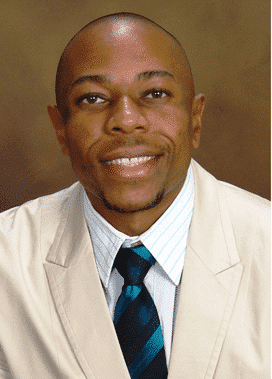13:09 BST

“Young Professionals” the term itself brings new energy, enthusiasm, ideas for shaping the future of technology. The year 2017 has been a remarkable year for the Microwave Theory and Techniques Society (MTTS) in launching, expanding and empowering the young talented minds working in the field of RF and microwave technology. The 2017 International Microwave Symposium to be hosted in Hawaii from June 4-9 has set a remarkable example by engaging and recruiting more than 50 young professionals from all over the world. These young budding engineers, practitioners, scientists played an important role in helping the steering committee to review the technical papers on basis of novelty, content, clarity and interest to the MTTS target audience. This year a total of 1075 technical papers were submitted for review which is – the third-highest number of submissions in the 60-year history of the IMS. Sitting next to the legends of Microwave community, contributing your feedback, listening to their opinions what a feeling and inspiration it is for the Young Professionals. MTTS Young Professionals would like to thanks the IMS 2017 General Chair Dr. Wayne Shiroma for his continued support and encouragement in providing a strong platform for young budding engineers.

Let’s dive into what technical program review committee looks like, what are the expectations and how the process works
Doing it with more frequency and less resistance!!
Or
And from their differences came understanding….
How do the technical papers related to IEEE MTT-S that are submitted by students from all over the world gets reviewed? A team of dedicated technical professionals works together to achieve this goal. The IMS Technical Paper Review Committee meeting was held on 15th January 2017 in Phoenix, Arizona. The TPRC usually consists of about a couple hundred technical specialists from all over the world who will review the 3-page submitted abstracts and assemble the technical paper sessions. This year’s TPRC meeting witnessed a recruitment of 27 new reviewers which displays the growing interest of technical specialists in TPRC.
The IMS TPRC experience was categorized by reviewers as an invaluable opportunity to network, reconnect with fellow colleagues and, learn from the best and the brightest innovators in the RF/MW/THZ arena. The process started with a pre-selection of reviewers approved by IMS steering committee. The session was an introduction to the current state of the art (SOA) in various areas of research for the reviewers by connecting with colleagues who typically work in different areas of specialization. The testimonies from the leaders in the field at the Young Professionals event focused on recognizing technological trends and advancements in many fields, not just RF/MW/THz, as the latter seems to drive innovation in many industries.
 TPRC is also a great opportunity to network and builds collaborations. Although it is quite intuitive that the best and brightest in the field would be chosen to review MTTs papers, apart from that it is a great opportunity to wean from these individuals, network for future projects and have a direct line to innovators of most any emerging RF/MW/THz technology. It’s a place where a potential collaboration could even arise out of a quite casual ‘what have you been up to’ conversation. The collaborations can result in a significant contribution for years to come, as both parties can bring to the table the right expertise to fill a certain gap in this technology development. There’s also a huge scope for up-and-coming MTTs members to secure internships or employment opportunities.
TPRC is also a great opportunity to network and builds collaborations. Although it is quite intuitive that the best and brightest in the field would be chosen to review MTTs papers, apart from that it is a great opportunity to wean from these individuals, network for future projects and have a direct line to innovators of most any emerging RF/MW/THz technology. It’s a place where a potential collaboration could even arise out of a quite casual ‘what have you been up to’ conversation. The collaborations can result in a significant contribution for years to come, as both parties can bring to the table the right expertise to fill a certain gap in this technology development. There’s also a huge scope for up-and-coming MTTs members to secure internships or employment opportunities.
You can also reconnect to the society and fellow colleagues at the meeting, for it’s a medium for catching up with old friends too. Sometimes we get so caught up in the race to be ‘the best’, that we forget to stop and just give a hello to our fellow colleagues, some of which we’ve shared significant experiences over the years, e.g. fellow graduate students under the same advisor, research lab mates, project collaborators, etc.
The paper review process itself is an invaluable experience that one could participate in years to come. Although very challenging and time-consuming, one can a first-hand look at the current SOA. Reviewers can grow as researchers by learning from one another, as an unintentional comradery can be built. You can even exchange contact info with the intent to remain connected and enabling an unofficial think-tank for your team to bounce ideas off as you pursue new technology developments.
 It was an honor to serve on the IMS 2017 TPRC committee. Seated at the same review table were the gods of microwaves. It was definitely a challenging and humbling experience. We started at 8 am with the submitted papers and finished promptly at 1pm with two sessions carved out and multiple posters. As a young professional and entrepreneur, I am glad I was able to contribute to the IEEE and look forward to continue my involvement in any capacity.
It was an honor to serve on the IMS 2017 TPRC committee. Seated at the same review table were the gods of microwaves. It was definitely a challenging and humbling experience. We started at 8 am with the submitted papers and finished promptly at 1pm with two sessions carved out and multiple posters. As a young professional and entrepreneur, I am glad I was able to contribute to the IEEE and look forward to continue my involvement in any capacity.
– Dr. Isar Mostafanezhad, Founder, Nalu Scientific
 The process started with pre-selection form, once approved by IMS steering committee I was assigned subcommittee 20 (High Power Amplifiers and DPD). The committee comprised of some key people whose textbooks and papers we have been following as young engineers. For the review process, each person was assigned 36 papers in my committee and the final decision was made during the TPRC meeting held in Phoenix, AZ. I was delighted with the experience and will recommend my other fellow colleagues and RF engineers to participate in future technical program review committees.
The process started with pre-selection form, once approved by IMS steering committee I was assigned subcommittee 20 (High Power Amplifiers and DPD). The committee comprised of some key people whose textbooks and papers we have been following as young engineers. For the review process, each person was assigned 36 papers in my committee and the final decision was made during the TPRC meeting held in Phoenix, AZ. I was delighted with the experience and will recommend my other fellow colleagues and RF engineers to participate in future technical program review committees.
Dr. Ramzi Darraji, RF Power Amplifier Design Engineer, Syntronic
 Not only it’s an honor to serve the society, but participation in TPRC is a learning experience which very well could be essential to the advancement of your career, as well as technology as a whole. Participation in the Ad-Com meeting is an opportunity to see what goes on behind the scenes in MTTs, it’s also a chance to get more involved with the Society. From this meeting, one is able to get a better understanding of the vision of MTTs, the associated needs of the organization, and chart a path forward for advancing the organization.
Not only it’s an honor to serve the society, but participation in TPRC is a learning experience which very well could be essential to the advancement of your career, as well as technology as a whole. Participation in the Ad-Com meeting is an opportunity to see what goes on behind the scenes in MTTs, it’s also a chance to get more involved with the Society. From this meeting, one is able to get a better understanding of the vision of MTTs, the associated needs of the organization, and chart a path forward for advancing the organization.
Dr. Quenton Bonds, NASA Goddard Space Flight Center
Contributed by Tushar Sharma